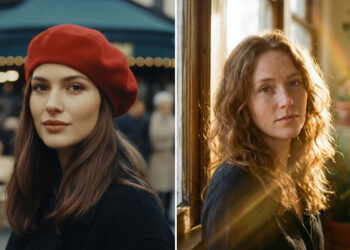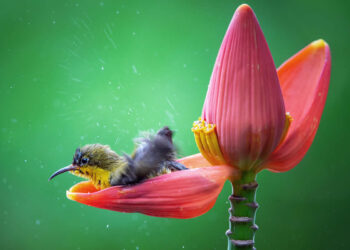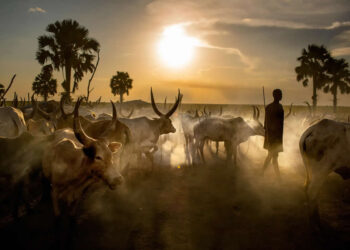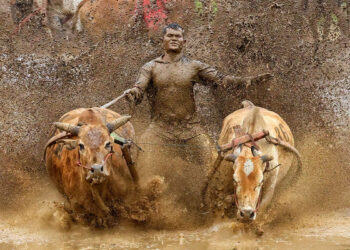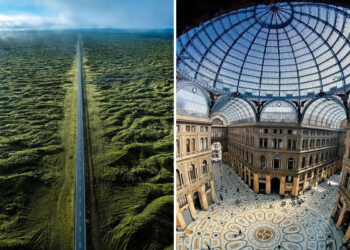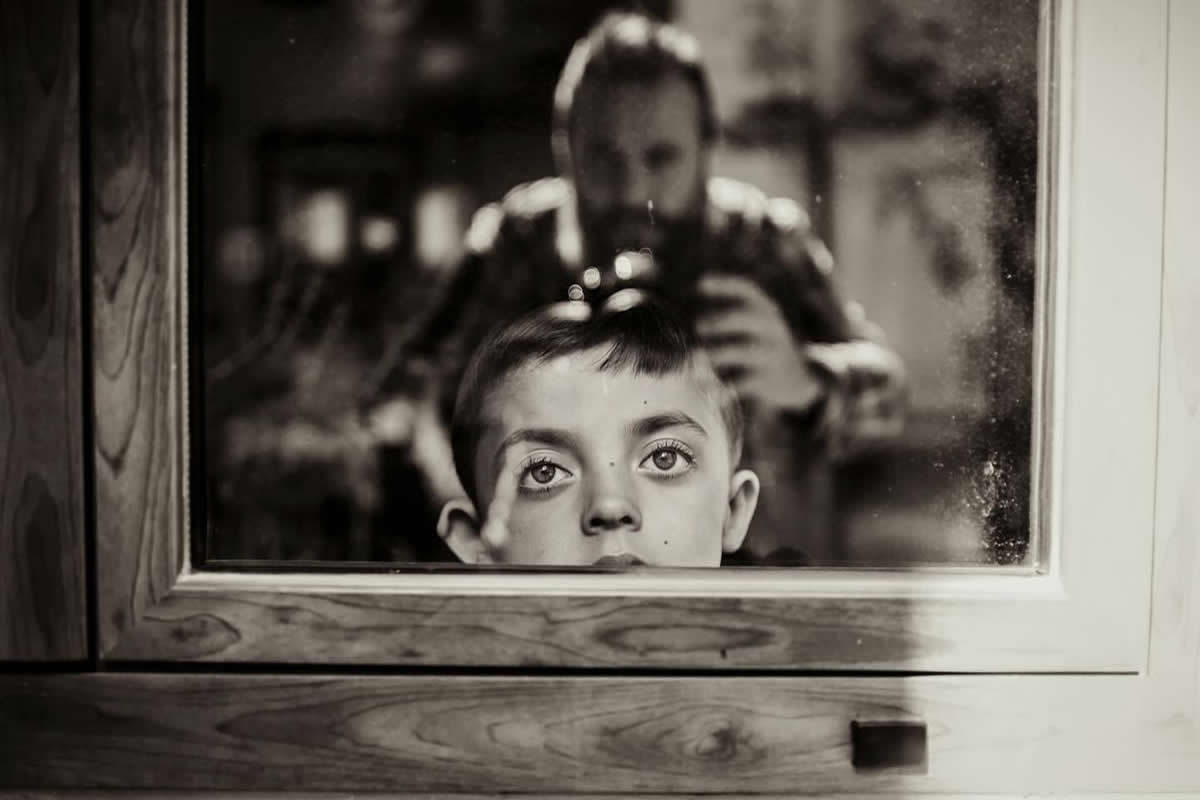Josef Koudelka stands as one of the most powerful and influential voices in the world of photography, known for his hauntingly poetic images that capture displacement, identity, and the quiet endurance of the human spirit. Born in 1938 in Moravia, Czechoslovakia (now the Czech Republic), Koudelka began his career photographing theatrical performances before turning his lens toward the broader stage of human life.
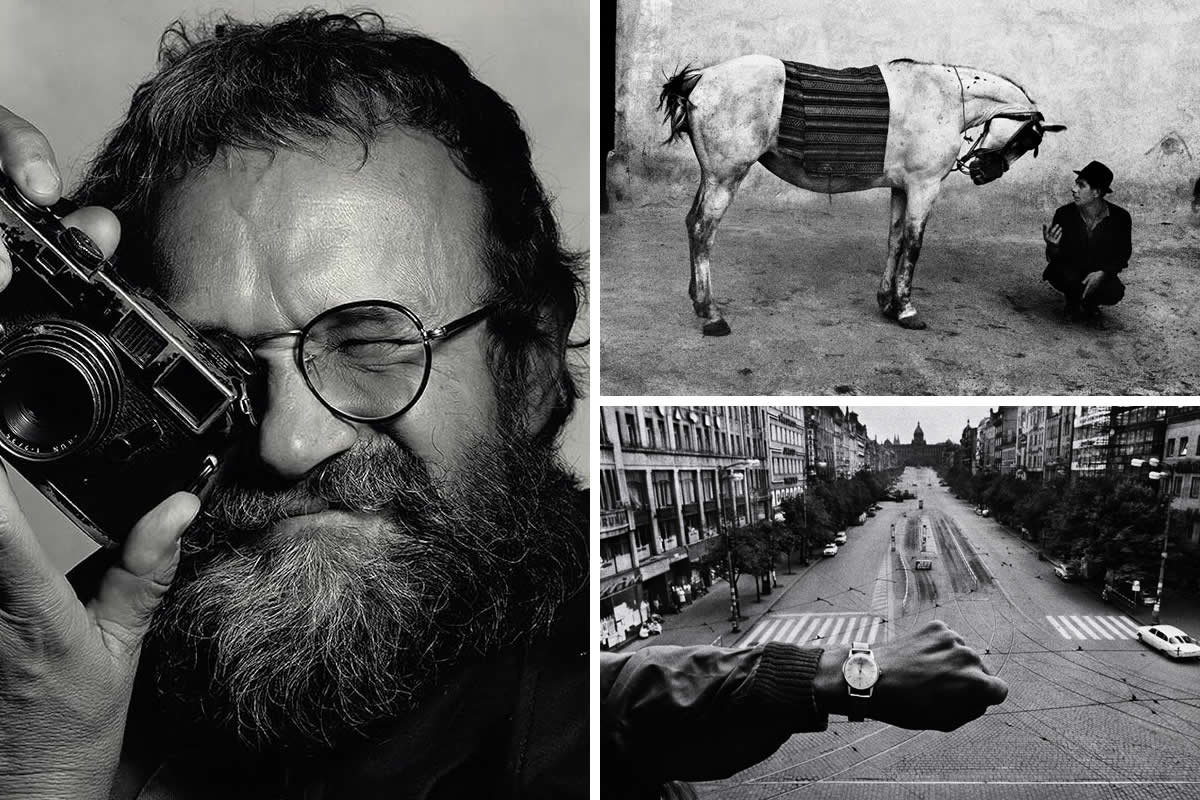
His work is most famously associated with the 1968 Soviet invasion of Prague, where his daring and deeply humanistic photographs of the occupation were smuggled out and published anonymously by Magnum Photos, earning him international acclaim and the prestigious Robert Capa Gold Medal.
But Koudelka’s artistry transcends a single event. Over decades, he has developed a distinctive visual language rooted in black-and-white imagery, strong compositions, and a deeply personal sense of observation. His photos of the Roma communities in Eastern Europe, compiled in the landmark book Gypsies, are unflinching yet empathetic portrayals of a marginalized people. His series Exiles furthers this introspective journey, echoing his own sense of statelessness after fleeing communist Czechoslovakia.
What makes Koudelka a master photographer is not just his technical excellence or visual sensitivity, but his unwavering dedication to documenting the spirit of people navigating turbulent times. With a camera as his only companion, Koudelka roamed through Europe and beyond, often sleeping outdoors and living a life mirroring those he photographed. His work is not only a chronicle of history but also a timeless meditation on what it means to belong—and what it means to be free.
More infor about Josef Koudelka:
#1
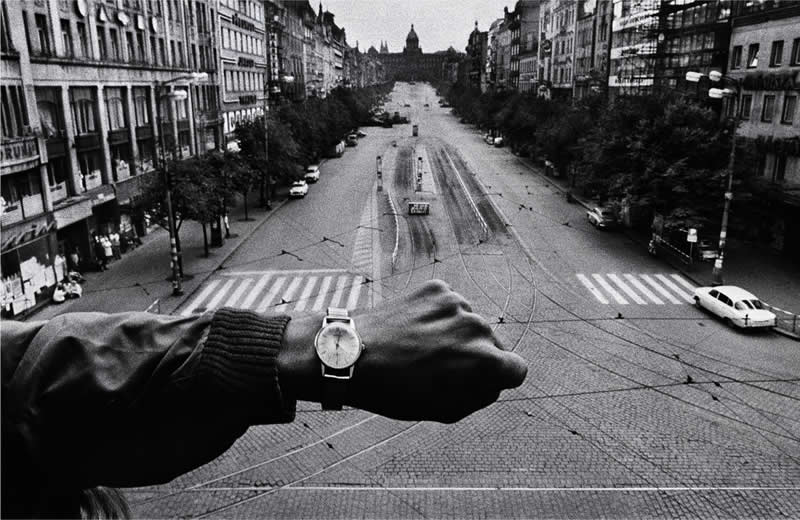
© Josef Koudelka / Magnum Photos
#2
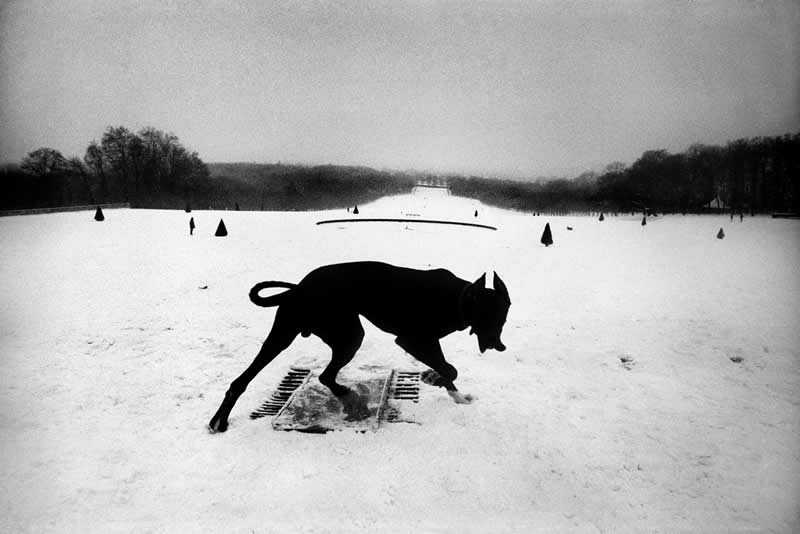
© Josef Koudelka / Magnum Photos
#3
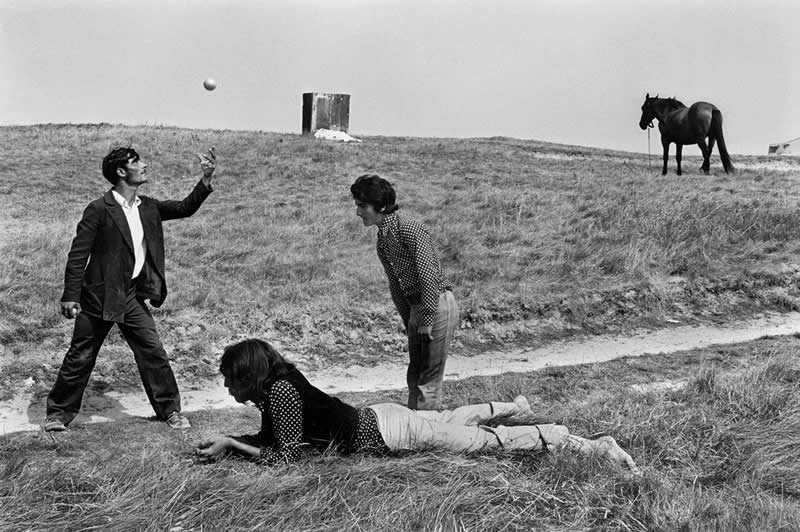
© Josef Koudelka / Magnum Photos
The Prague Invasion and the Power of Witness
Koudelka’s defining moment as a photographer came during the Prague Spring of 1968, when Soviet forces invaded Czechoslovakia to crush the reformist movement. Despite the dangers, Koudelka courageously documented the unfolding chaos and collective resistance in the streets of Prague. His photographs—silent, raw, and deeply human—captured the fear, anger, and confusion of a nation under siege.
These images, smuggled to Magnum Photos and published anonymously to protect his identity, stunned the world. They were not just documents of an invasion but powerful symbols of resistance and loss. The series earned him the Robert Capa Gold Medal in 1969. This pivotal moment not only launched Koudelka onto the world stage but also set the tone for a lifelong exploration of displacement, power, and the human condition through photography.
#4
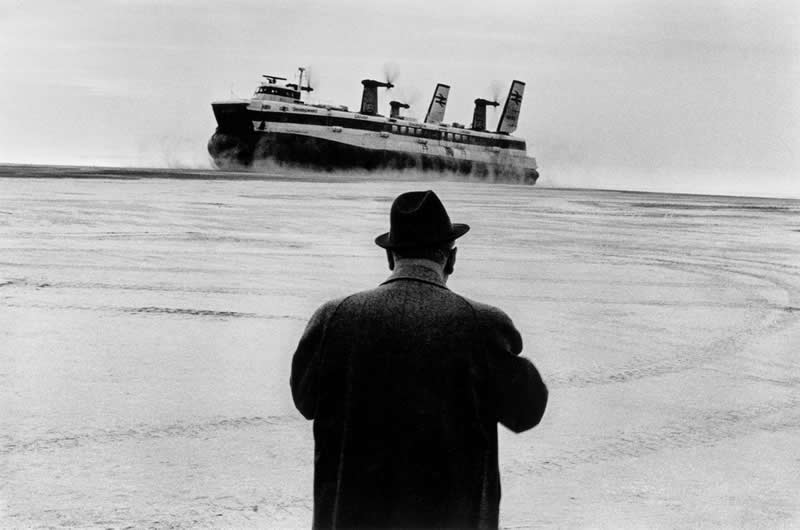
© Josef Koudelka / Magnum Photos
#5
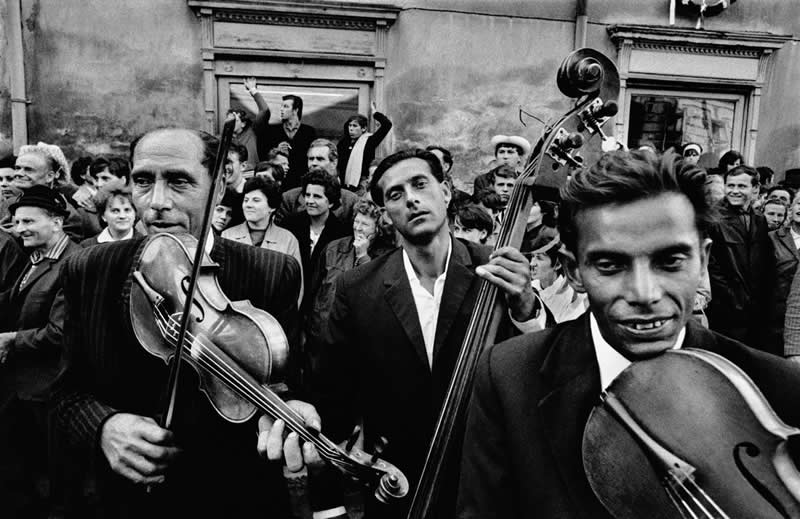
© Josef Koudelka / Magnum Photos
#6
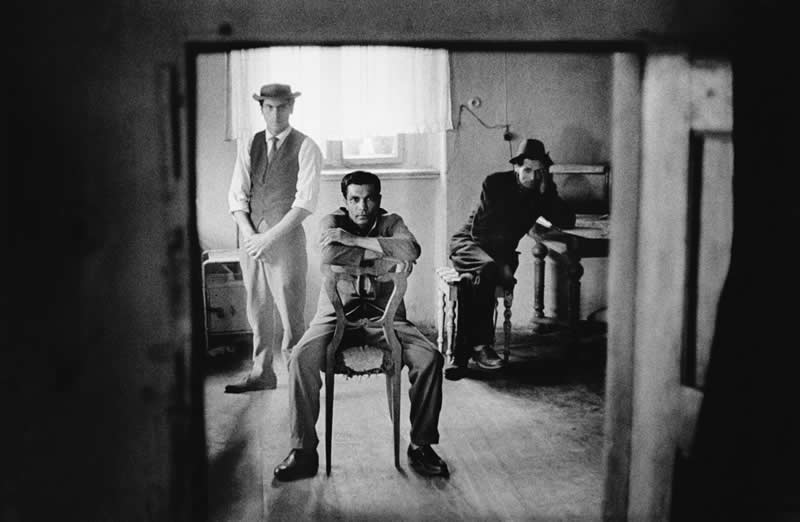
© Josef Koudelka / Magnum Photos
The Gypsies Series: Intimacy Without Exploitation
Before the invasion, Koudelka had already begun an extended photographic project that would become one of his most celebrated works—Gypsies (published in 1975). Captured during the 1960s, these images present the daily life, rituals, and cultural vibrancy of Roma communities across Czechoslovakia, Romania, and other Eastern European countries. Unlike many portrayals of marginalized groups, Koudelka’s images offer neither pity nor romanticism.
Instead, he presents a visual narrative rooted in dignity, intimacy, and truth. With bold compositions and stark contrasts, his photos immerse the viewer in a world often hidden from public view. Koudelka lived with the communities he photographed, earning their trust and capturing moments of joy, hardship, and resilience. This series solidified his reputation as a deeply empathetic storyteller unafraid to confront cultural complexities through his lens.
#7
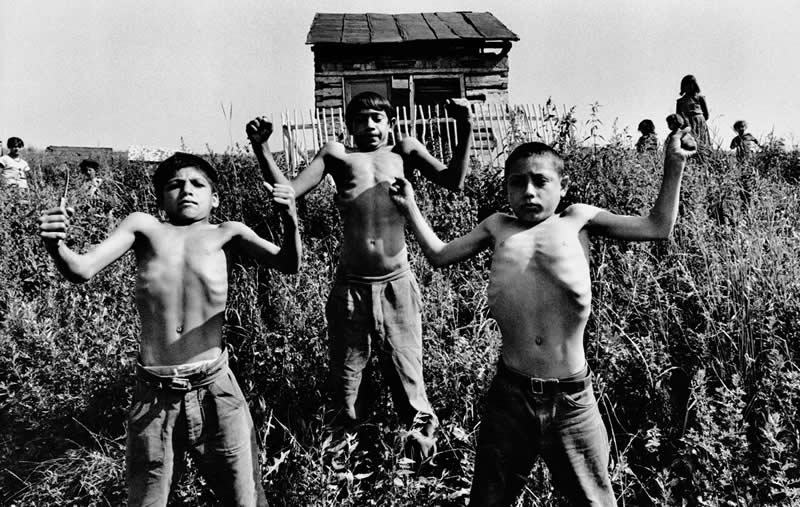
© Josef Koudelka / Magnum Photos
#8
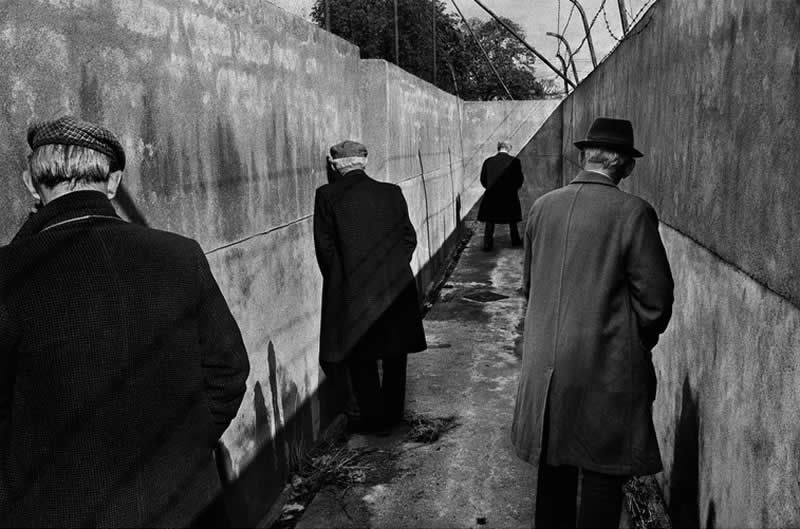
© Josef Koudelka / Magnum Photos
#9
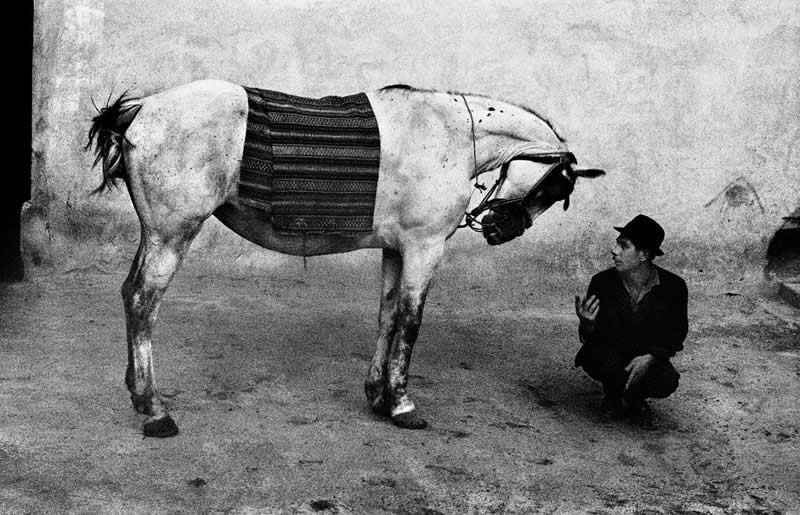
© Josef Koudelka / Magnum Photos
Exile and the Emergence of a Personal Vision
Following his escape from Czechoslovakia in 1970, Koudelka became a stateless person—a condition that profoundly shaped his photographic philosophy. His acclaimed series Exiles (1988) is an exploration of solitude, displacement, and alienation, themes that mirrored his own life as a wanderer without a country. These stark black-and-white images span multiple European countries, capturing the silent tension of lives lived on the fringes.
Whether it’s a man standing alone on a desolate hill or a quiet village at twilight, each photograph carries a deep emotional undercurrent. Exiles is not just about geography, but about emotional and existential terrain. The series marks a shift from Koudelka the documentarian to Koudelka the philosopher, who used photography not only to observe the world but to express his own internal state of being.
#10

© Josef Koudelka / Magnum Photos
#11

© Josef Koudelka / Magnum Photos
#12
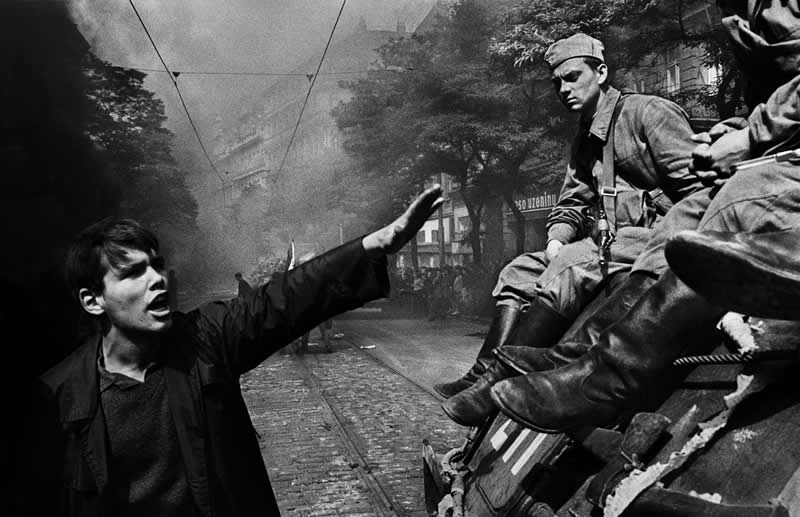
© Josef Koudelka / Magnum Photos
Landscape and the Search for Meaning
In the later stages of his career, Koudelka’s attention turned increasingly toward landscapes—ruins, industrial wastelands, and scarred terrains across Europe and the Middle East. Projects like Chaos (1999) and Wall (2013) reveal a shift in focus, yet remain consistent with his interest in human impact, displacement, and resilience. Using a panoramic format, Koudelka embraced vast, meditative compositions that evoke silence and contemplation.
These landscapes are often devoid of people, yet they speak volumes about humanity—its conflicts, its ambitions, its transgressions. The Israeli West Bank barrier, for instance, becomes in Koudelka’s lens not just a political object, but a metaphor for separation and confinement. His landscape work is an extension of his humanist perspective—searching not just for what the eye can see, but for what the soul can feel.
#13
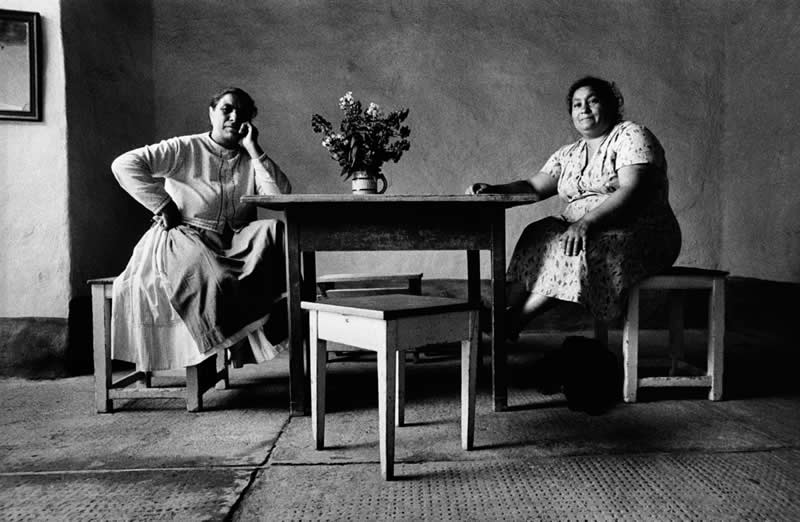
© Josef Koudelka / Magnum Photos
#14
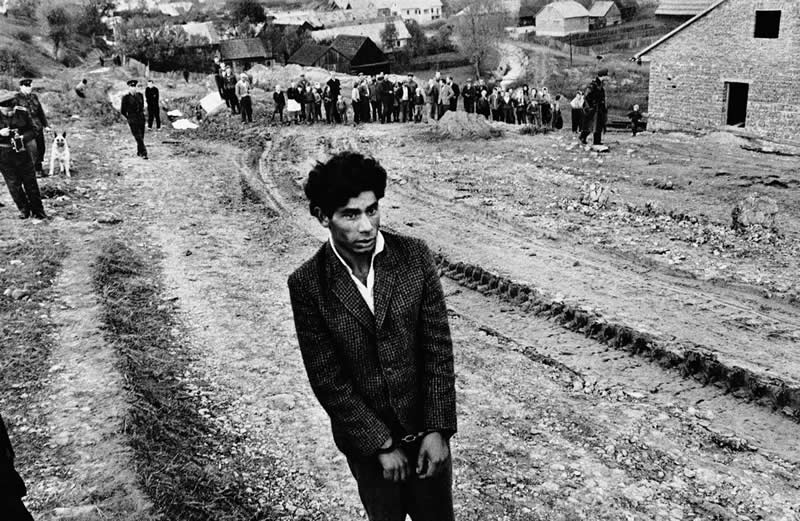
© Josef Koudelka / Magnum Photos
#15
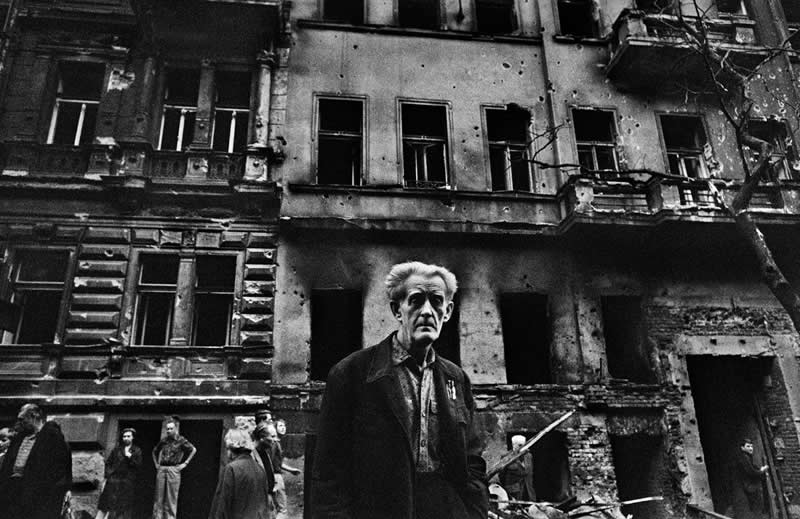
© Josef Koudelka / Magnum Photos
Legacy and Influence in the World of Photography
Josef Koudelka’s legacy is immense, not only in terms of the images he created but in the approach he embodied. He is a photographer who prioritized integrity over fame, solitude over spectacle, and truth over convenience. A longtime member of Magnum Photos, Koudelka’s influence is seen across generations of documentary and fine art photographers who admire his commitment to form, emotion, and meaning.
His refusal to settle—either geographically or artistically—has made him a symbol of artistic freedom. Institutions like the Museum of Modern Art and the Centre Pompidou have honored his work, while his books remain seminal texts in photographic history. Ultimately, Koudelka’s photographs endure not just because they are beautiful, but because they are necessary—they tell stories that demand to be seen, remembered, and felt.
#16

© Josef Koudelka / Magnum Photos
#17
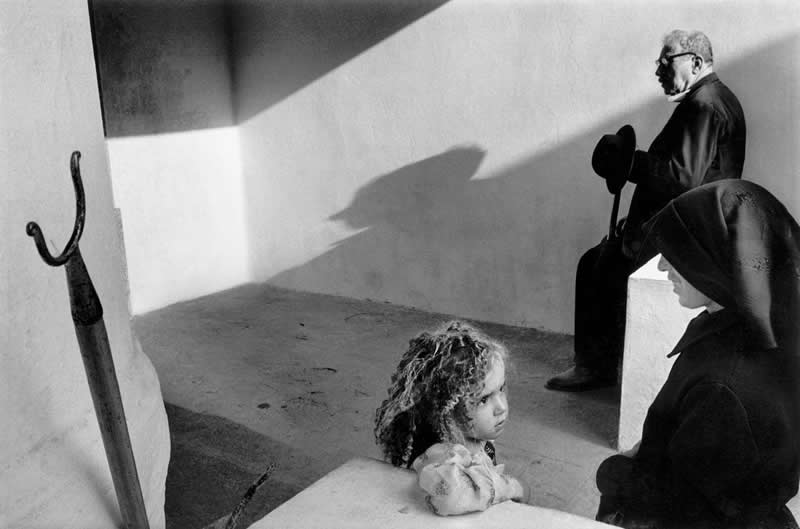
© Josef Koudelka / Magnum Photos
#18
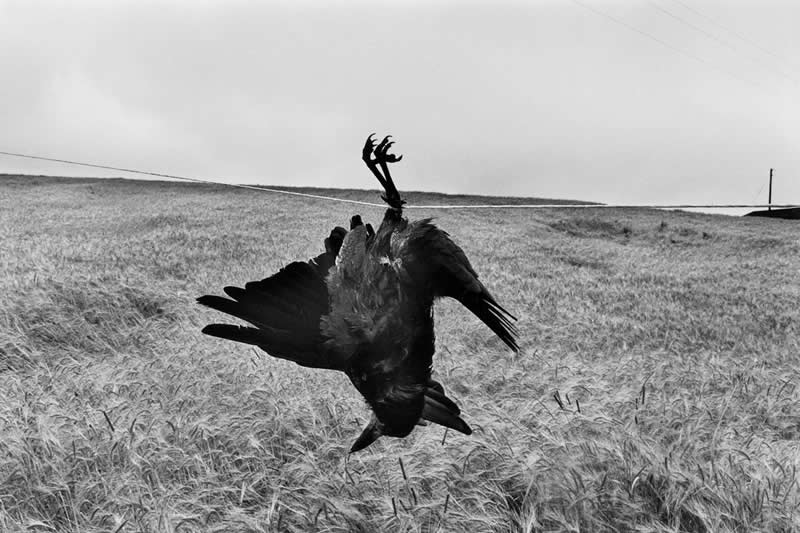
© Josef Koudelka / Magnum Photos
Conclusion:
Josef Koudelka’s life and work form a compelling testament to photography’s power to bear witness, evoke emotion, and confront the truths of our time. From the thunderous urgency of the Prague invasion to the quiet sorrow of exile and the vast silence of desolate landscapes, Koudelka’s lens has captured the complexities of human existence with unmatched intensity and grace. His photography is a visual diary of displacement—not just in a political sense, but in the deeply personal realms of identity and belonging.
What sets Koudelka apart is his unwavering commitment to authenticity. He did not chase commercial success or social media validation. Instead, he chased light, shadows, and the fleeting, unspoken truths that exist in the spaces between people and places. Each of his images is meticulously composed yet emotionally raw, a balance that only a true master can achieve.
In an age saturated with images, Koudelka reminds us of photography’s deeper purpose: to reflect who we are, where we’ve been, and where we might be going. His work is as relevant today as it was decades ago, especially in a world still grappling with conflict, migration, and cultural displacement. For aspiring photographers and seasoned artists alike, Josef Koudelka is not just a source of inspiration—he is a standard-bearer of photographic excellence and moral clarity. His images do not simply show the world; they make us feel it, question it, and—above all—remember it.
#19
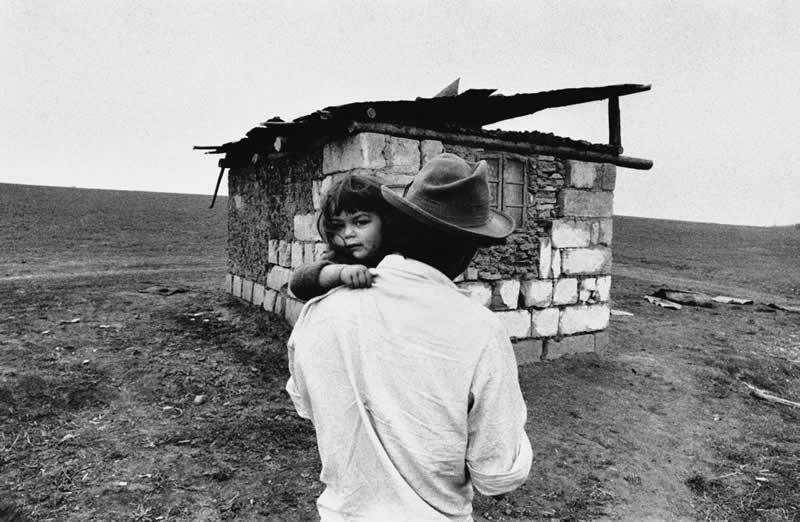
© Josef Koudelka / Magnum Photos
#20
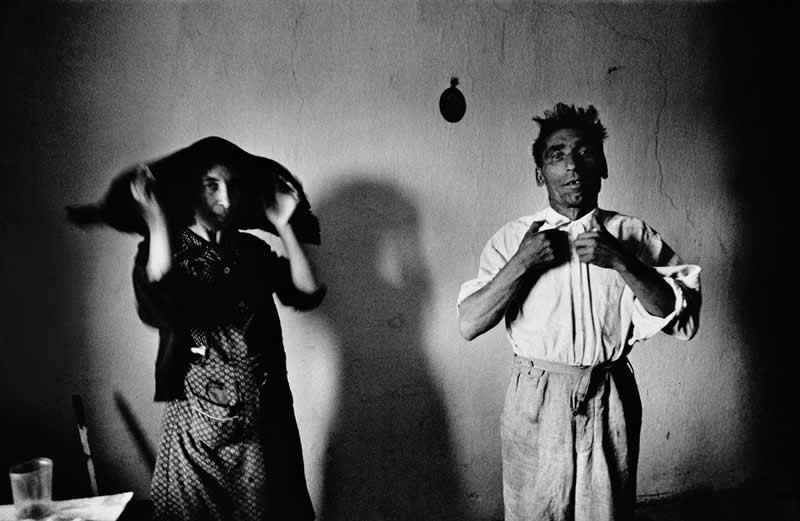
© Josef Koudelka / Magnum Photos
#21
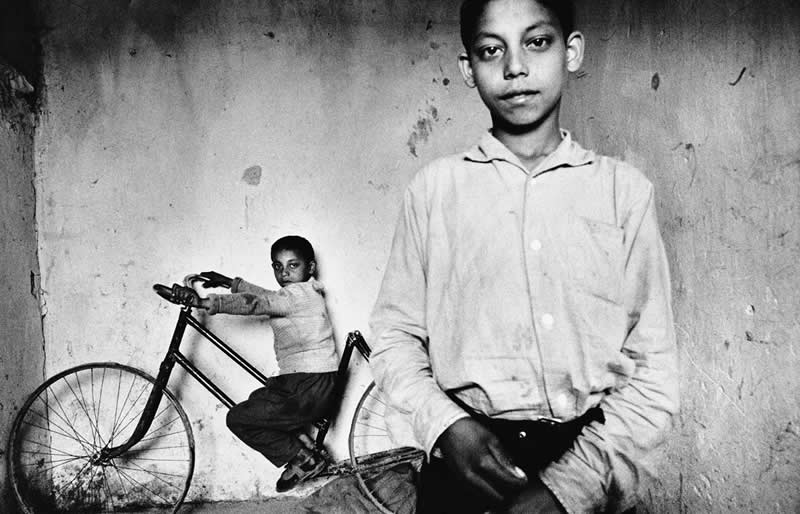
© Josef Koudelka / Magnum Photos
#22
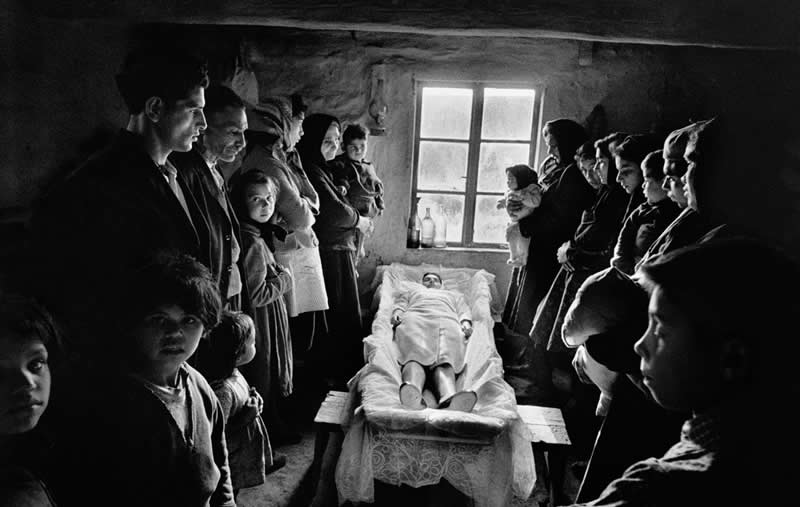
© Josef Koudelka / Magnum Photos
#23
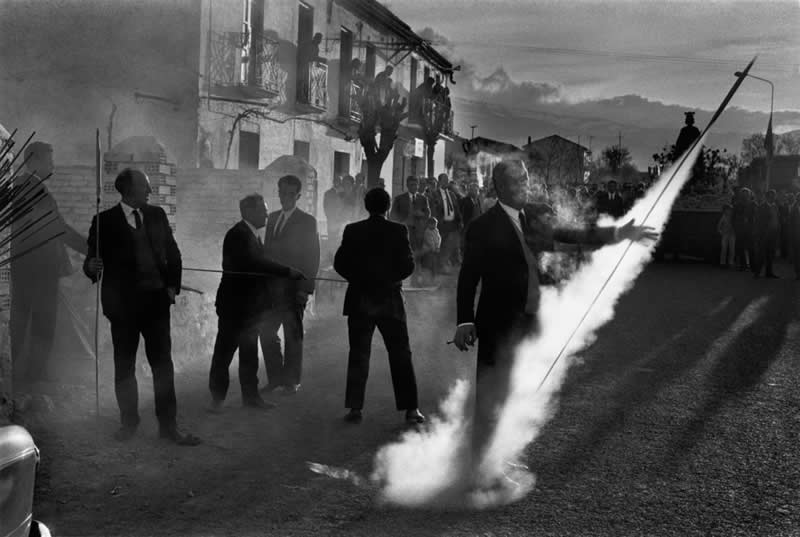
© Josef Koudelka / Magnum Photos
#24
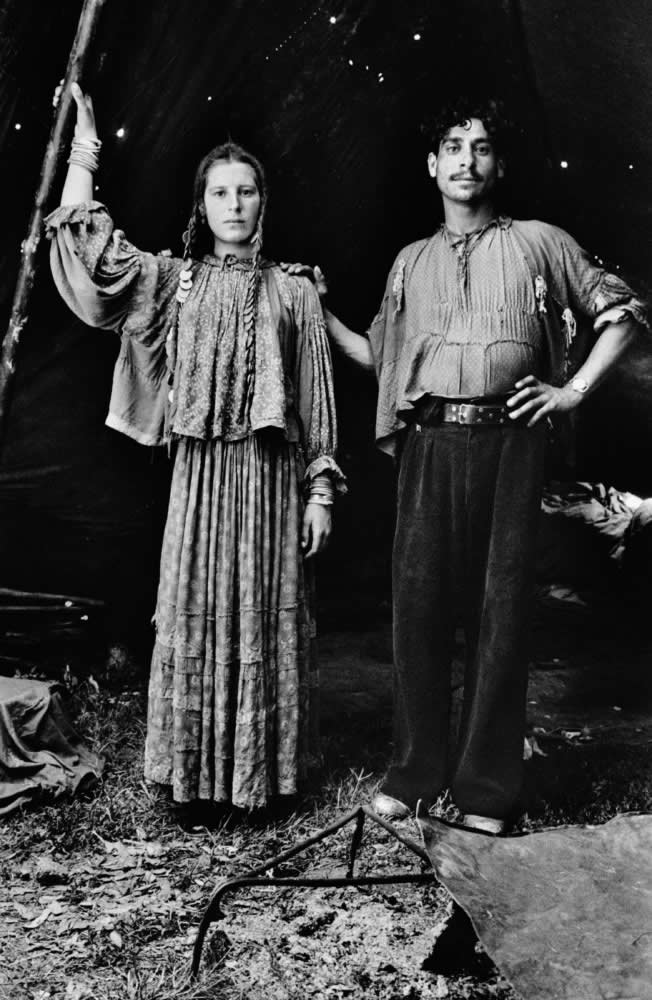
© Josef Koudelka / Magnum Photos

